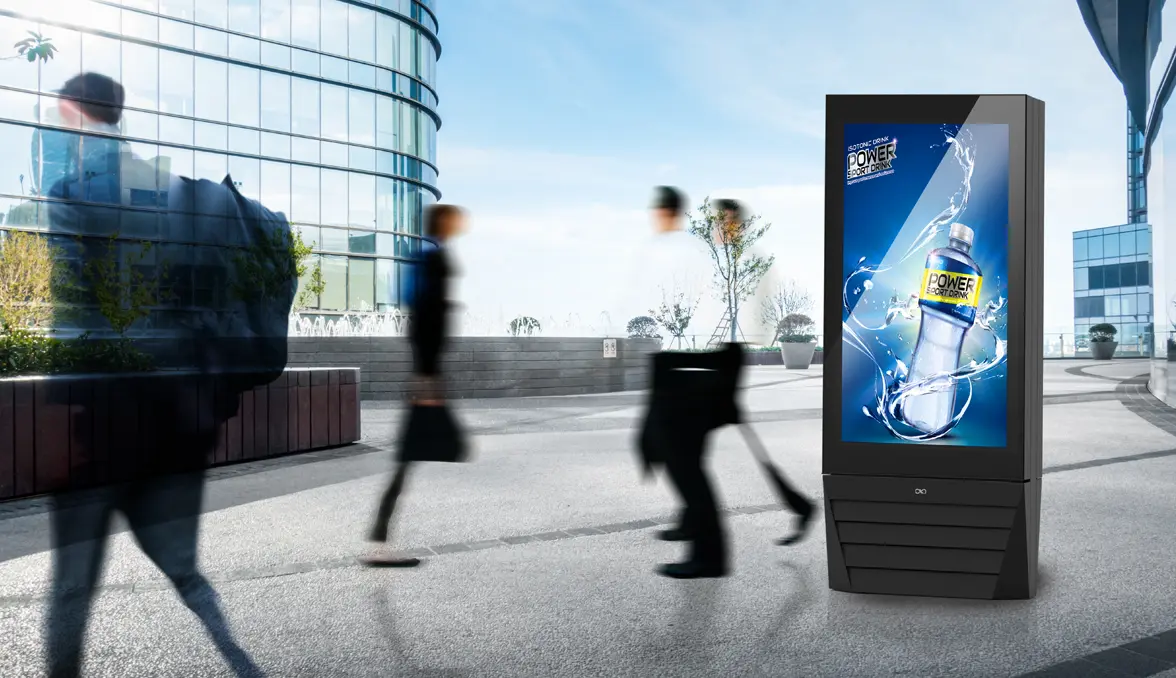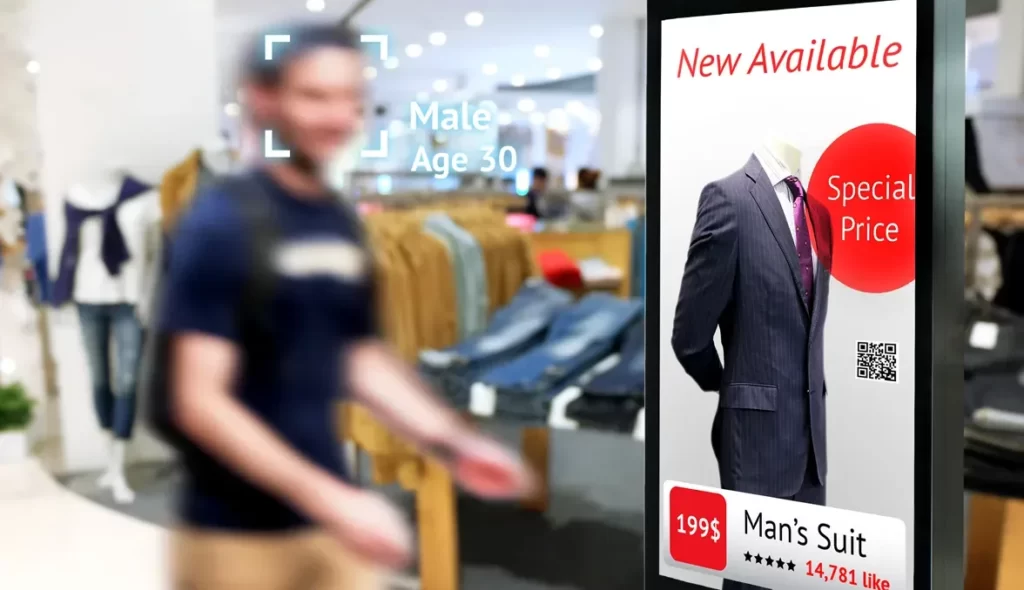One of the secrets of digital signage success lies in the ability to offer personalized and targeted experiences to its viewers. Personalization and targeting are key elements that allow companies to capture the attention of the audience and create meaningful connections.
Personalization allows you to tailor digital signage content to viewer preferences, interests and behaviors. With the help of demographics, purchase history or previous interactions, you can create relevant messages that resonate with specific audiences. This personalized approach makes viewers feel special and shows that the company cares about their individual needs.
Targeting, on the other hand, allows you to reach the right audience at the right time. Through the use of geolocation data, browsing history or contextual information, it is possible to provide relevant content based on location, time of day or current event. Accurate targeting increases message relevance and maximizes the effectiveness of digital signage campaigns.
Combining personalization and targeting within a digital signage software opens up a wide range of possibilities. Companies can provide exclusive offers, personalized product recommendations, or useful information that caters to viewers’ needs. Additionally, they can create interactive experiences that actively engage audiences, offering choices or instant feedback.
Personalization and targeting are powerful tools for improving the customer experience and getting real results. Viewers will feel engaged and understood, increasing the likelihood of conversion and brand retention.
So if you want to maximize the impact of your digital signage software, don’t underestimate the importance of personalization and targeting. Use relevant data, analyze the behavior of your audience and create targeted content that generates meaningful engagement.
Offer a unique and relevant experience that will make a difference in the world of digital signage.
Steps for personalization and targeting
The use of demographic and behavioral data allows you to tailor content to specific audience needs.
Here’s how personalization and targeting in digital signage can be implemented:
- Demographic Data Collection: Demographic data such as age, gender, geographic location, and other relevant information may be collected. This data may be obtained through surveys, visitor registrations or analysis tools. Collecting demographic data allows you to segment your audience based on demographic characteristics and provide specific content for each segment.
- User Behavior Monitoring: Through the use of cameras, motion sensors or tracking technologies, it is possible to collect data on user behavior. This data can include time spent in front of displays, navigation paths, touch screen interactions, and more. Behavior tracking provides valuable information about users’ preferences and interests, allowing you to tailor content based on their actual behavior.
- Audience segmentation: Using the demographic and behavioral data collected, it is possible to segment the audience into homogeneous groups. For example, you can create segments based on your age, gender, shopping preferences or specific interests. Audience segmentation allows you to tailor content to the needs of each group, delivering personalized and relevant messages.
- Dynamic Content: With Digital Signage’s ability to display content in real-time, demographic and behavioral data can be used to deliver dynamic and up-to-date content. For example, if a display is located in a retail area, specific offers can be shown to that audience based on previous purchase data or demonstrated preferences.
- Content Tailoring: Using demographic and behavioral data, you can tailor content to meet specific audience needs. For example, you can show promotional messages based on your favorite products or provide useful information based on your geographic location.
- Testing and Optimization: Personalization and targeting in digital signage also allows for A/B testing and content optimization. Different versions of personalized content can be compared to see which one generates a better response and get more audience engagement.
In conclusion
Using demographic and behavioral data to personalize and target content in digital signage offers many benefits. Increase audience engagement, improving the overall experience and increasing the effectiveness of communication campaigns.
If you want to maximize the impact of your digital signage investment, you can’t overlook personalization and targeting. Make the most of the data and insights at your disposal to create relevant and engaging content that resonates with your target audience.
Set the stage for a memorable experience that will leave a lasting impression on the hearts and minds of your viewers.




